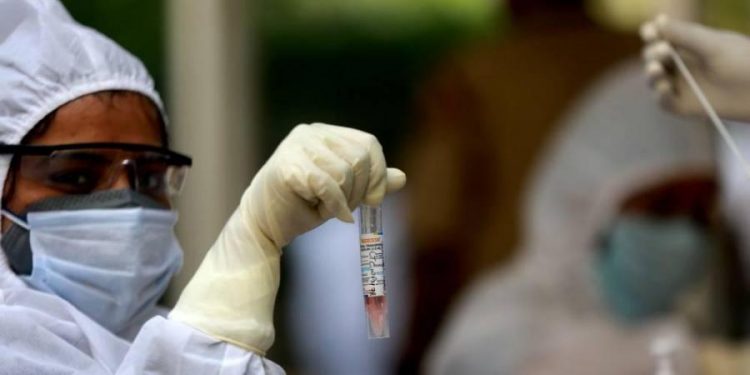New Delhi: Adolescence is a critical period in the life of an individual when one acquires knowledge and develops cognitive skills which are critical to the transition to adulthood. Societal interactions, particularly those at school, are at the fulcrum of an individual’s development.
A recent report in the Lancet (Child and Adolescent Health) Journal has pointed out that social deprivation and reduction in peer contact threaten to have long term consequences on the impressionable minds of our young population.
Adolescents could be more susceptible to the negative effects of physical distancing during COVID-19 since they are in a period of vulnerability where peer interaction is a vital aspect of their social development.
According to UNESCO, over a million young people are out of school globally due to the disruption caused by COVID-19.
“In this digital day and age, being stuck at home during lockdown also means increased and sometimes unfettered access to television and social media, which can negatively impact their mental health,” says public health expert and executive director of Population Foundation of India (PFI), Poonam Muttreja.
Results from a recent rapid assessment study conducted by PFI to assess the impact of COVID-19 on young people show that nearly 46 per cent of adolescents, who were social media users, reported to be spending more time online during the lockdown. 65 per cent of adolescents who reported feeling depressed also said they were watching more TV during the lockdown.
“At 243 million, India has the largest adolescent population in the world who are greatly at risk today. The shutting down of schools has made the already difficult lives of adolescents more challenging, especially in rural India. While many schools have moved to online classrooms, internet accessibility is still a major problem in many parts of India,” Muttreja added.
The recent suicide of a scholarship winning girl in Kerala, due to her inability to attend online classes in the wake of the lockdown is a grim reminder of the differential access to digital technology in the country.
“While digital literacy will undoubtedly be the new normal in the post-COVID-19 era, it is equally important to assess the holistic impact of the pandemic on adolescent health, development and well-being.”
Inclusive learning solutions are critical to address the needs of the most vulnerable and marginalized children to bridge the digital divides in our society. Adolescents, particularly girls, need to be included in all aspects of COVID-19 response planning and decision-making.
IANS







































